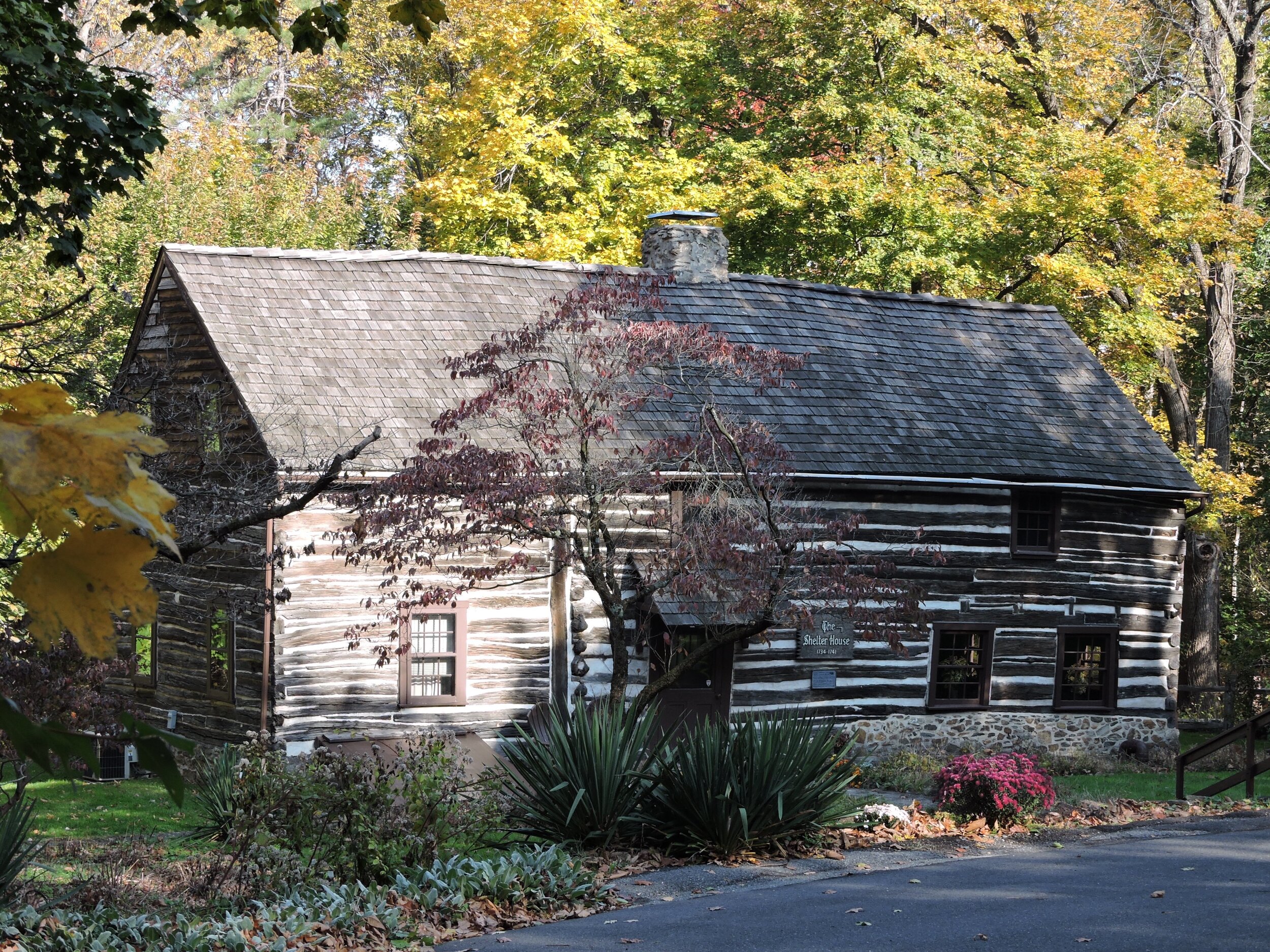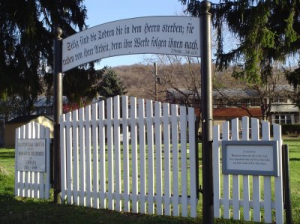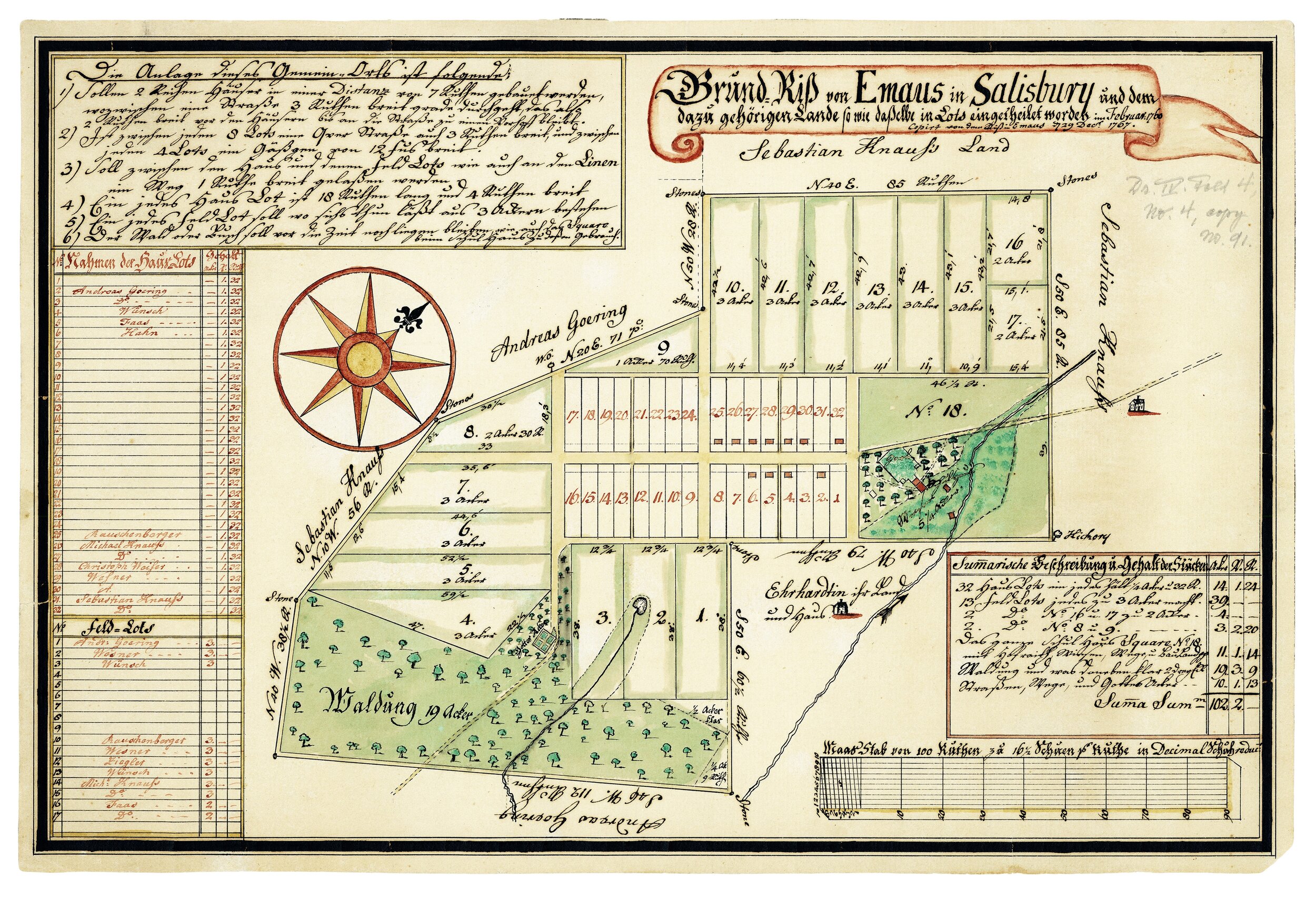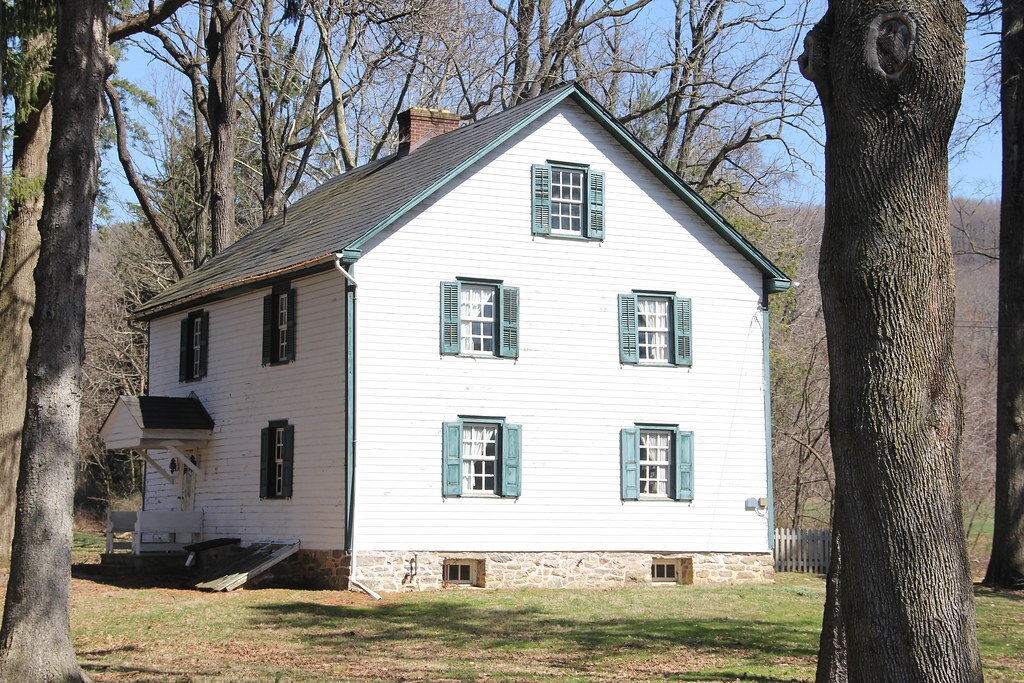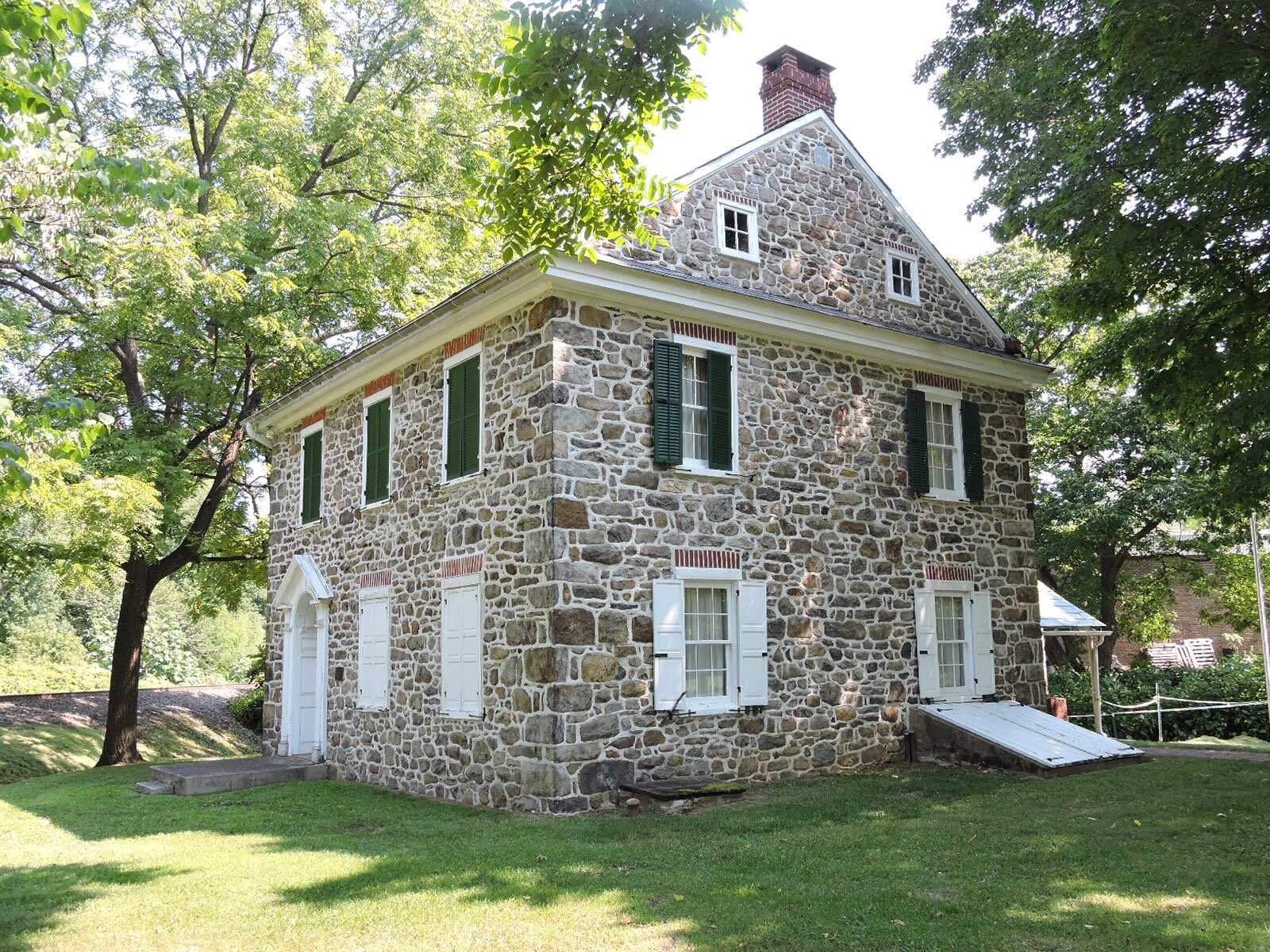The first house officially built in the new village was at the now 160 Main Street. It was built by Andreas Giering and occupied in 1759. The village was first called Salzburg (Salisbury). On April 3, 1761, Bishop Augustus Spangenberg renamed the village Emmaus, a biblical name, during a Moravian Love Feast.
The Revolutionary War brought new tribulations to the Emmaus community. Moravians were pacifists and such were harassed, fined and even imprisoned for refusal to fight. However, twelve members did enlist in the Continental Army. All returned home to continue to serve in their community and are all buried in God’s Acre at the foot of Third Street.
The spelling of the village name changed to Emaus in 1830 and was incorporated under that name in 1859. The Railroad came through Emmaus in 1859, that same year. The Borough population was 277 and was comprised of about two hundred acres. The boundaries remained unchanged until 1903 with a population of 1,468.
Industry began to grow in the area as iron ore was mined and processed at the Donaldson Iron Company in 1850. By 1882, silk mills came into the area. Other products from Emmaus, past & present were/are cigars, shoes, pajamas, roofing paper, boilers, electrical products, industrial gases, books, grinding bails, handbags, and magazines.
The annexation of surrounding land began the growth toward a modern Emmaus. In 1938, petitions were circulated under the leadership of the Emaus Rotary Club to change the name again, and Emaus once again became Emmaus.
Today, Emmaus is more than thirty times the size of the original Moravian village with a population of over 11,000 people of many faiths.










